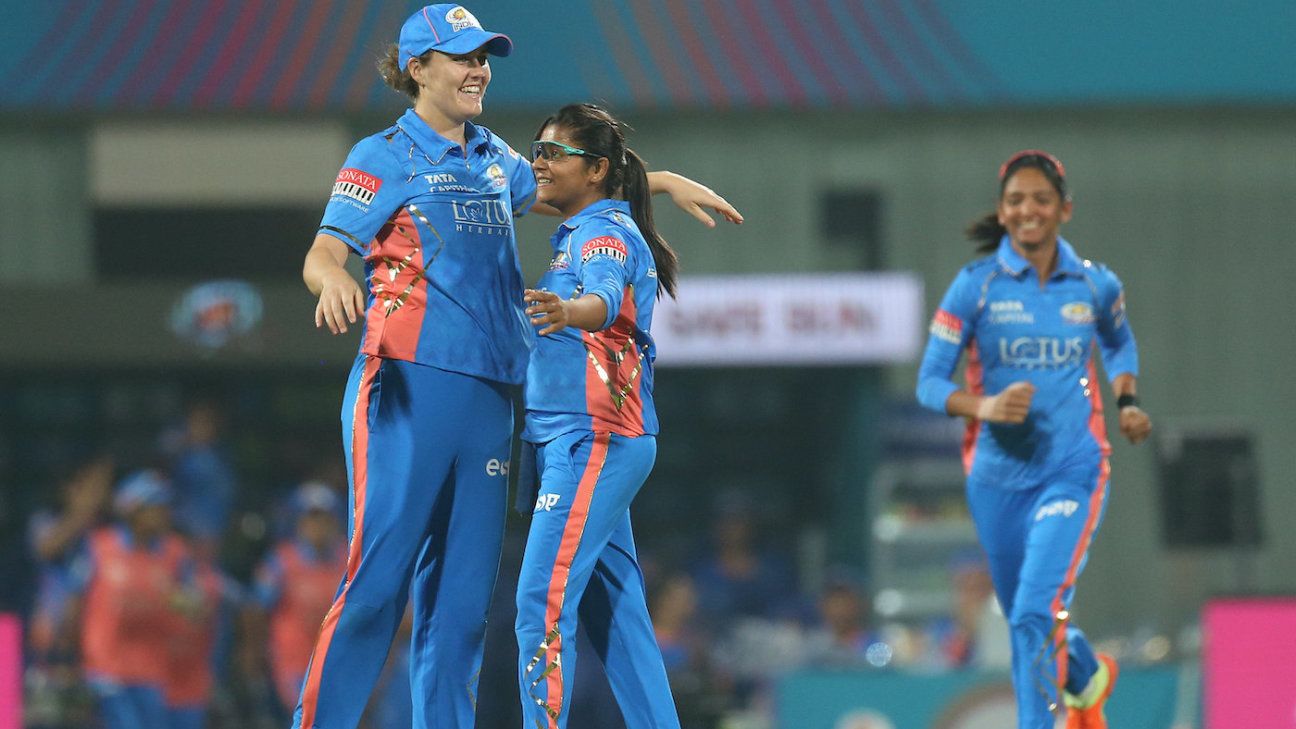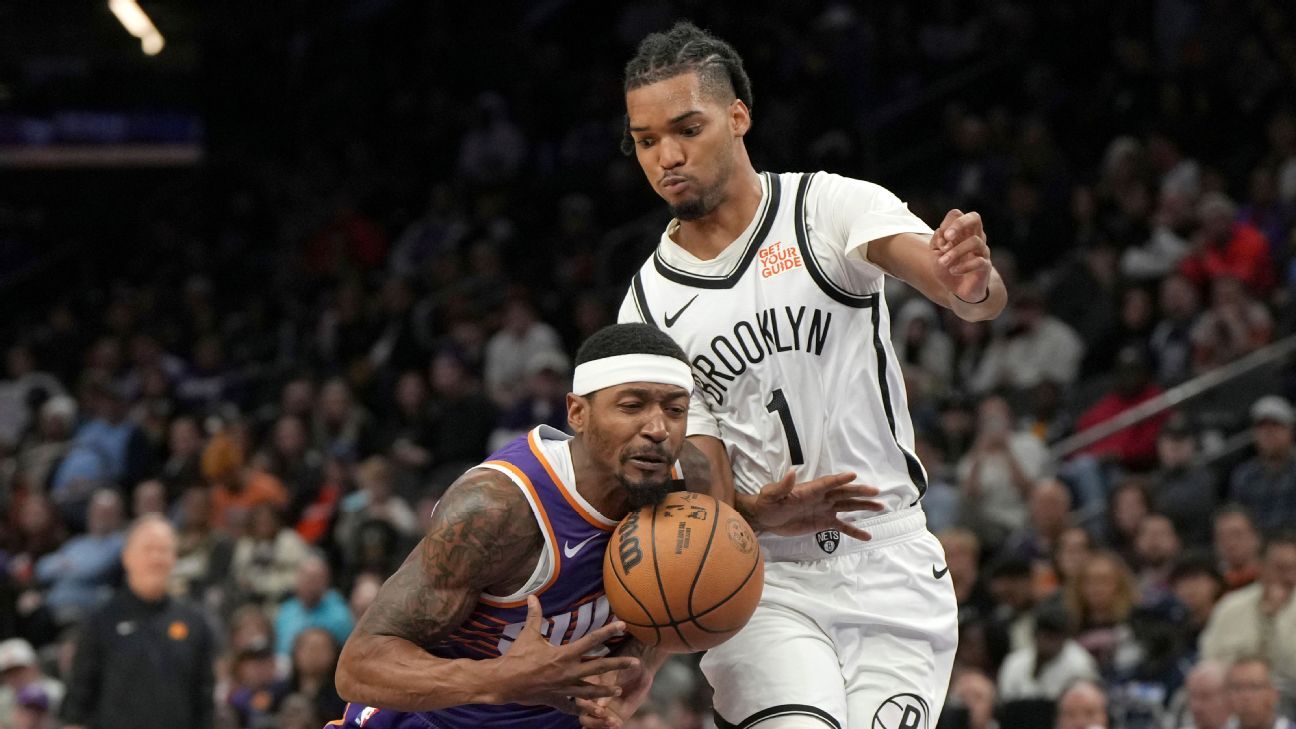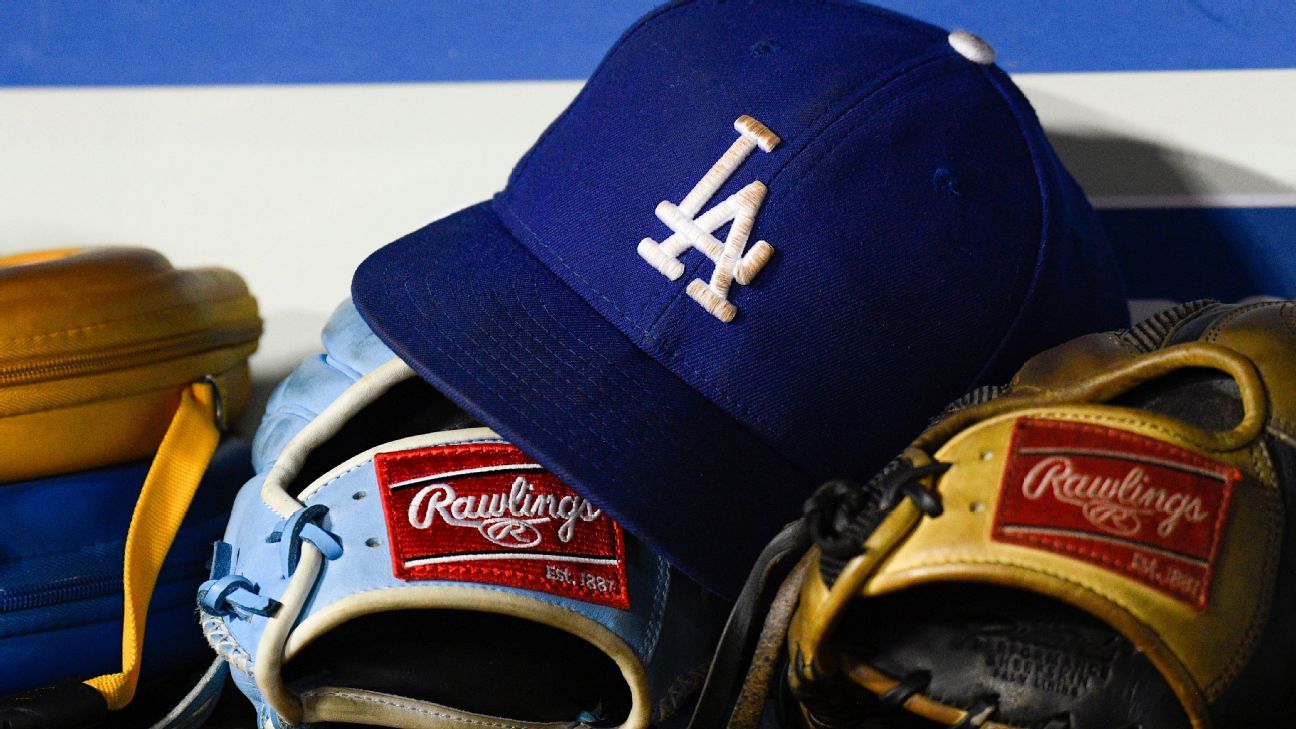
For the first time in a T20 league, players will be allowed to review wide and no-ball decisions using DRS. The Women's Premier League (WPL) is the first competition to introduce this modification to the DRS, and it will be implemented in the upcoming IPL too.
"A player may request a review of any decision taken by the on-field umpires concerning whether or not a batter is dismissed, with the exception of 'Timed Out' (Player Review)," the WPL playing conditions said. "A player may also be allowed to review any decision taken by on-field umpires concerning wide or no-ball."
Until now, players could only review on-field decisions for a dismissal but that will not be the case in the WPL and IPL going forward. These reviews - for wides and no-balls - will be a part of the two unsuccessful reviews that each team is entitled to per innings. Leg-bye decisions, however, cannot be reviewed using DRS.
"I'm really conscious around trying to turn the art of officiating into a science and seek perfection, whatever that looks like, with decision making," Taufel had said. "So with wides for example, and here we're going to, potentially according to you, or according to the player or the debate, take a wide call and throw that back to the third umpire for them to judge on something that might be marginal and is still a judgement call."
"Are you going to be able to overrule as a third umpire what a leg-side wide might look like? That's a really interesting proposition to throw to a third umpire and say: I definitely think you got that wide wrong. If you look at a ball that cuts across a right-hander from a left-armer (fast bowler), that cuts the wide guideline - that's a pretty big call to overrule. Can you clearly define for me what conclusive evidence is to overturn a wide both leg-side, off side and height?
"And where do you then draw the line as to what a wide is? Because with wides, for example, you still got this opinion around: either could the batsman have played a shot? Has the batsman brought the ball sufficiently within reach? And you are putting them (under) a lot more stress and pressure around those definitions. Of course, if the ball has flicked the bat or the pad, and an umpire's called a wide - yeah, that's quite clearly an error. (But) I worry about where this is going to end up. Is everything that an umpire does likely to fall under the Decision Review System?"















 Phone: (800) 737. 6040
Phone: (800) 737. 6040 Fax: (800) 825 5558
Fax: (800) 825 5558 Website:
Website:  Email:
Email: 






